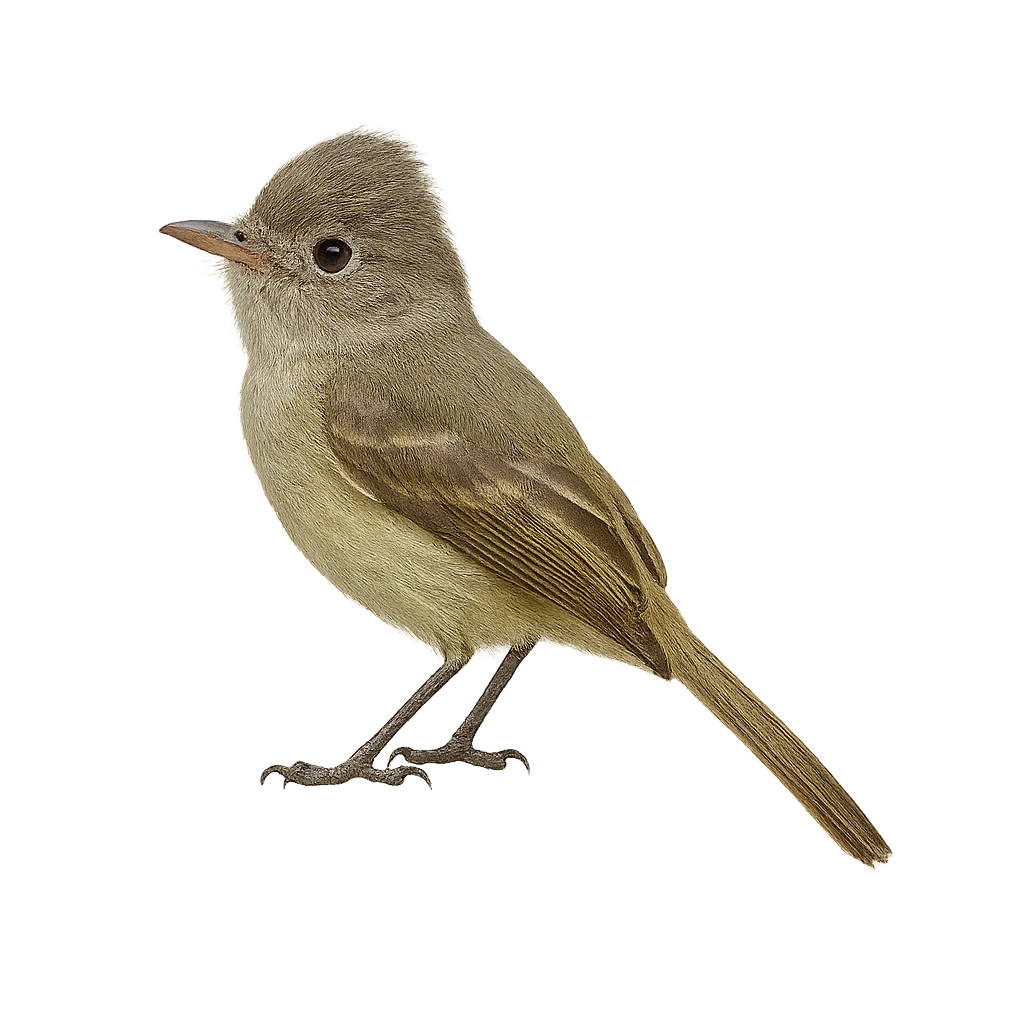Your wildlife photography guide.
Explore the northern beardless tyrannulet in detail, study its behavior, prepare your shots.
Where to observe and photograph the northern beardless tyrannulet in the wild
Learn where and when to spot the northern beardless tyrannulet in the wild, how to identify the species based on distinctive features, and what natural environments it inhabits. The WildlifePhotographer app offers tailored photography tips that reflect the northern beardless tyrannulet’s behavior, helping you capture better wildlife images. Explore the full species profile for key information including description, habitat, active periods, and approach techniques.
Northern Beardless Tyrannulet
Scientific name: Camptostoma imberbe

IUCN Status: Least Concern
Family: TYRANNIDAE
Group: Birds
Sensitivity to human approach: Suspicious
Minimum approach distance: 5 m
Courtship display: April to May
Incubation: 14-16 jours
Hatchings: April to June
Habitat:
Dry forests, savannas, shrublands
Activity period :
Primarily active during the day, with peak activity in the morning and late afternoon.
Identification and description:
The Northern Beardless Tyrannulet is a small bird from the Tyrannidae family, found mainly in arid and semi-arid regions from the southwestern United States to northern Mexico. It is characterized by its modest size, gray-olive plumage, and lack of a beard, hence its name. This passerine is often seen in low bushes and trees, where it primarily feeds on insects. Its song is a soft, repetitive trill, often heard before the bird is seen. Although discreet, it is quite tolerant of human presence, making it easier to observe.
Recommended lens:
400 mm – adjust based on distance, desired framing (portrait or habitat), and approach conditions.
Photography tips:
To photograph the Northern Beardless Tyrannulet, choose early mornings or late afternoons when the light is soft and flattering. Use a telephoto lens of at least 400mm to capture precise details without disturbing the bird. Be patient and discreet, as this bird, while tolerant, remains suspicious. Focus on natural habitats like bushes and low trees for authentic shots.
The WildlifePhotographer App is coming soon!
Be the first to explore the best nature spots, track rutting seasons, log your observations, and observe more wildlife.
Already 1 450 wildlife lovers subscribed worldwide

